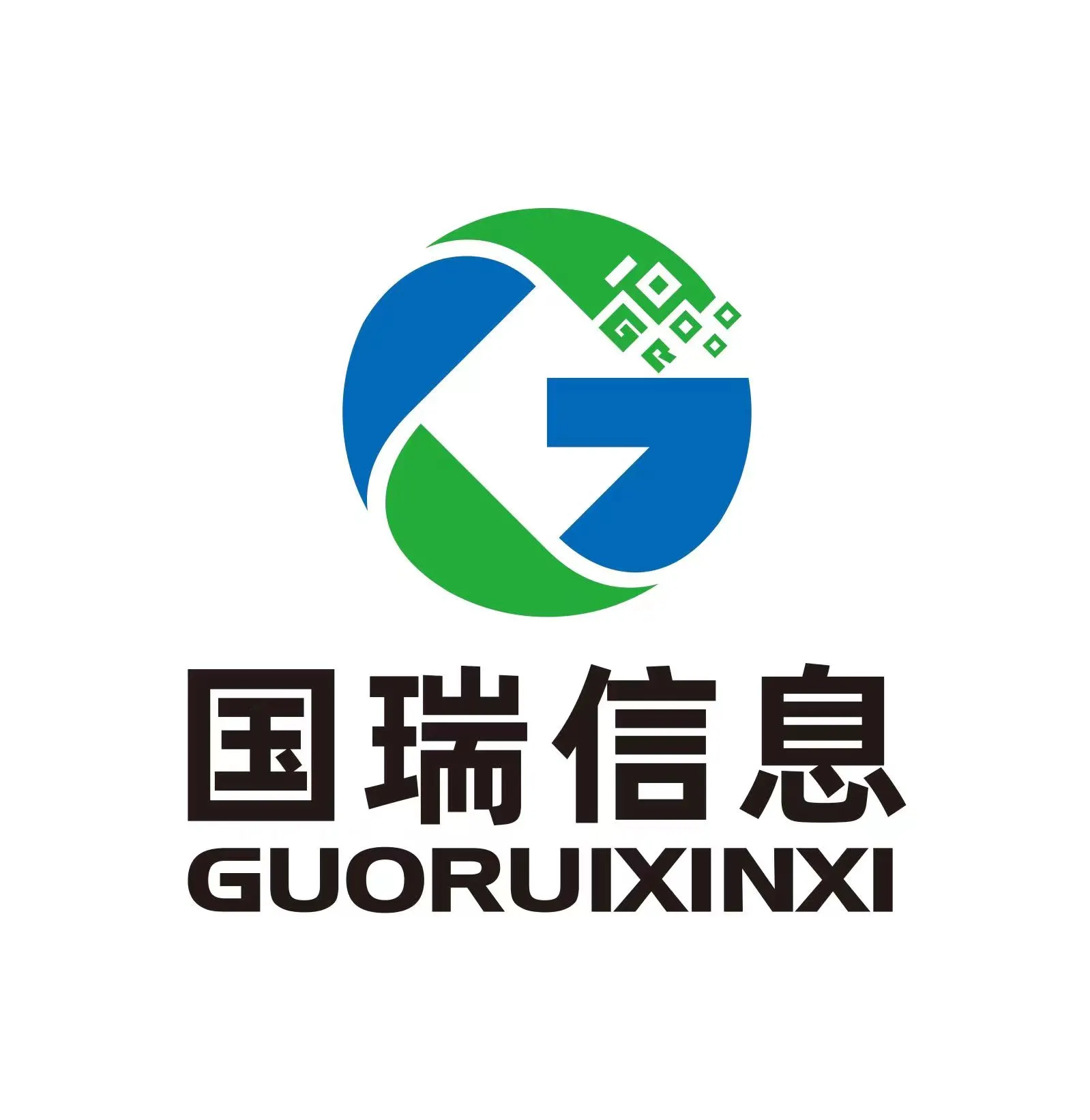loading...
- No. 9, Xingyuan South Street, Dongwaihuan Road, Zaoqiang County, Hengshui, Hebei, China
- admin@zjcomposites.com
- +86 15097380338
- Welcome to visit our website!
Innovative Applications and Benefits of GFRP Grating in Modern Construction and Engineering Sector
Understanding GFRP Grating A Durable and Versatile Solution
Glass Fiber Reinforced Polymer (GFRP) grating is a revolutionary material that has made significant inroads into various industries due to its superior properties and versatility. Constructed from a combination of fiberglass and resin, GFRP grating serves as an ideal solution for environments that demand both strength and corrosion resistance. This article explores the fundamental aspects of GFRP grating, its applications, advantages, and future potential.
What is GFRP Grating?
GFRP grating consists of a series of interconnected fibers reinforced with polymer resin, resulting in a lightweight yet strong material. The manufacturing process involves pultrusion, wherein fiberglass strands are pulled through a resin bath and then through a heated mold. This method ensures that the grating maintains uniformity and consistency in thickness, offering enhanced load-bearing capabilities and a smooth finish.
Applications of GFRP Grating
The applications of GFRP grating are vast and varied. Its primary use is in industrial settings, particularly in environments that are abrasive or corrosive. GFRP grating is commonly found in chemical plants, wastewater treatment facilities, and oil refineries due to its resistance to harsh chemicals and environments. Moreover, it is also used in pedestrian walkways, platforms, and stairways, providing safety and slip resistance.
In the construction sector, GFRP grating is gaining popularity for use in bridges and boardwalks, where traditional materials may succumb to deterioration over time. Its lightweight nature not only simplifies installation but also reduces the load on structural supports, making it a favored choice for architects and engineers.
Advantages of GFRP Grating
gfrp grating

The advantages of GFRP grating are manifold. One of the most compelling benefits is its corrosion resistance. Unlike steel, which can rust or corrode in harsh conditions, GFRP grating can withstand exposure to chemicals, saltwater, and extreme weather, significantly enhancing its lifespan.
Another notable advantage is its low weight, which facilitates easier handling and installation. GFRP grating is approximately one-third the weight of steel grating, which allows for reduced transportation costs and less strain on structural elements during installation.
Additionally, GFRP grating is non-conductive, making it an ideal choice for electrical applications. Its surface is slip-resistant, which is a critical safety feature in industrial environments or other settings where wet conditions may prevail.
Furthermore, GFRP grating is low maintenance. Unlike traditional materials that may require regular treatments or replacements, GFRP grating does not need painting or sealing, reducing overall lifecycle costs.
Future Potential of GFRP Grating
As technology advances, the potential of GFRP grating continues to grow. New formulations and manufacturing techniques are being developed to enhance its properties, such as UV stability and impact resistance. The increasing demand for sustainable building materials is also propelling the popularity of GFRP, as it is often crafted from recycled materials, aligning with environmental conservation efforts.
In conclusion, GFRP grating represents a significant advancement in material technology, offering a combination of durability, safety, and versatility. Its numerous advantages make it an attractive alternative to traditional materials across various sectors, paving the way for innovative applications in the future. As industries continue to evolve and prioritize sustainable practices, GFRP grating stands ready to meet these challenges, making it an essential component of modern engineering solutions.
-
The Rise of FRP Profiles: Strong, Lightweight, and Built to LastNewsJul.14,2025
-
SMC Panel Tanks: A Modern Water Storage Solution for All EnvironmentsNewsJul.14,2025
-
GRP Grating: A Modern Solution for Safe and Durable Access SystemsNewsJul.14,2025
-
Galvanized Steel Water Tanks: Durable, Reliable, and Ready for UseNewsJul.14,2025
-
FRP Mini Mesh Grating: The Safer, Smarter Flooring SolutionNewsJul.14,2025
-
Exploring FRP Vessels: Durable Solutions for Modern Fluid HandlingNewsJul.14,2025
-
GRP Structures: The Future of Lightweight, High-Performance EngineeringNewsJun.20,2025
